Whilst Mothering Sunday is now commonly combined and celebrated with the secular holiday of Mother’s Day in the United Kingdom and Ireland, its origin is religious in nature and separate from that of the American Mother’s Day.
Starting in the 1700s, individuals would attend a special service on Laetare Sunday (the fourth Sunday of Lent) at their mother church (usually the church where an individual was baptised or their local parish church/closest cathedral). This activity was soon coined as going ‘a-mothering’.
The day was later marked as a day off for domestic servants so that they could visit their mother churches with their whole families, including their mothers. This was historically the time of year when working labour contracts would end and would signal the return of laborers and domestic servants to their home parishes. Mothering Sunday would fittingly fall on the Sunday following. It became commonplace to bring a gift to one’s mother around this time as it was, for most, the first time they would have seen their mother in a year.

The secularising of the day was, in part, a response to Anna Jarvis’ petitioning for and founding of Mother’s Day in the United States. Following on Jarvis’ movement, Constance Penswick-Smith in 1914 started that Mothering Sunday Movement.


The broader revival of the holiday, of which participation had significantly ebbed by the 1920s, was ignited by the influence of Canadian and American soldiers serving abroad during the Second World War. Their secular Mother’s Day traditions blended with the Mothering Day traditions still being honored by the Church of England and Church of Ireland.



With the enthusiastic (and opportunistic) support of shops and commercial enterprises for the holiday, Mother’s Day was being celebrated across the UK by the 1950s and was being observed on the same day as Mothering Sunday.


Over the years, Mothering Sunday has been known by many different names: ‘Mid-Lent Sunday’, ‘Pudding Pie Sunday’, ‘Refreshment Sunday’, ‘Rose Sunday’ and ‘Simnel Sunday’.
An article from 1928 mentions both the Mothering Day Movement and the reason behind its nickname ‘Refreshment Sunday’. Additionally, it touches on the warring interests of the Church of England versus commercial enterprises, such as confectioners. (Click the image below to enlarge.)

The last name – ‘Simnel Sunday’ – is due to the practice of baking simnel cakes to celebrate families reuniting during the Lent season. There is some debate as to the cake’s precise origin. One legend refers to a married couple – Simon and Nelly – preparing a cake to celebrate their family reuniting for Easter and arguing over the preferred cooking approach – boiled or baked. They compromise and first boil it before baking it, hence the combined name of Sim-Nel for Simon and Nelly. A depiction of this quarrel can be seen in this carving dating from the early 15th century found in the parish church of Leighton Buzzard.

In the age before the internet, the newspaper were a valuable resource for finding recipes. The British Newspaper Archive has a treasure trove of recipes for this traditional simmnel cake. Look through the images below to get a taste of what the archive holds.
However, in the early days of Mothering Sunday celebrations, ‘mothering buns’ were baked to honour the day in England. They were sweet buns topped with white or pink frosting and multi-coloured sprinkles. In Scotland and Northern England, however, the preference was for baking ‘carlings’: pancakes made of steeped peas, which were then fried in butter.

(Click to enlarge.)

In our newspapers we were able to find some fine examples of simnel cakes:
Discover more by registering today!


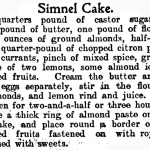
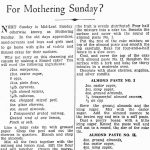
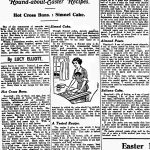


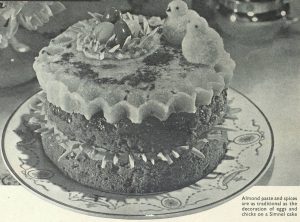
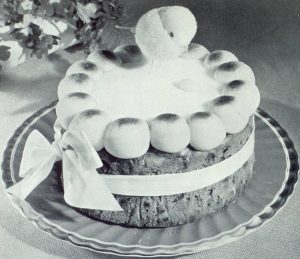
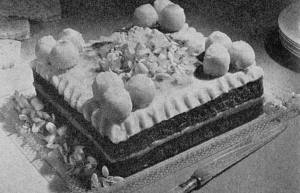


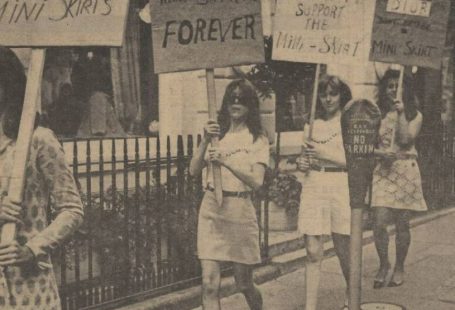
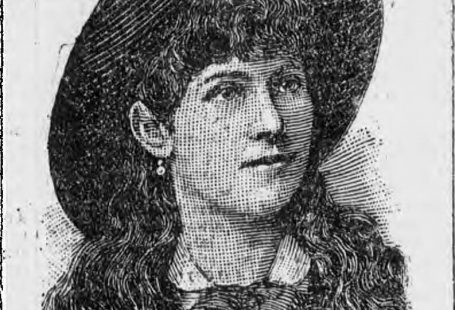

1 comments On Mothering Sunday
Thanks for sharing the best posts they amazing and very useful to us.You made a good site and giving us such a great information on this topic it’s very interesting one